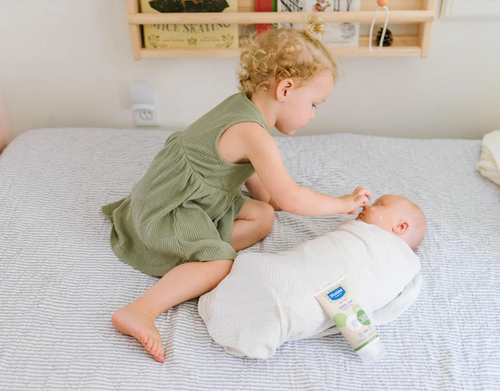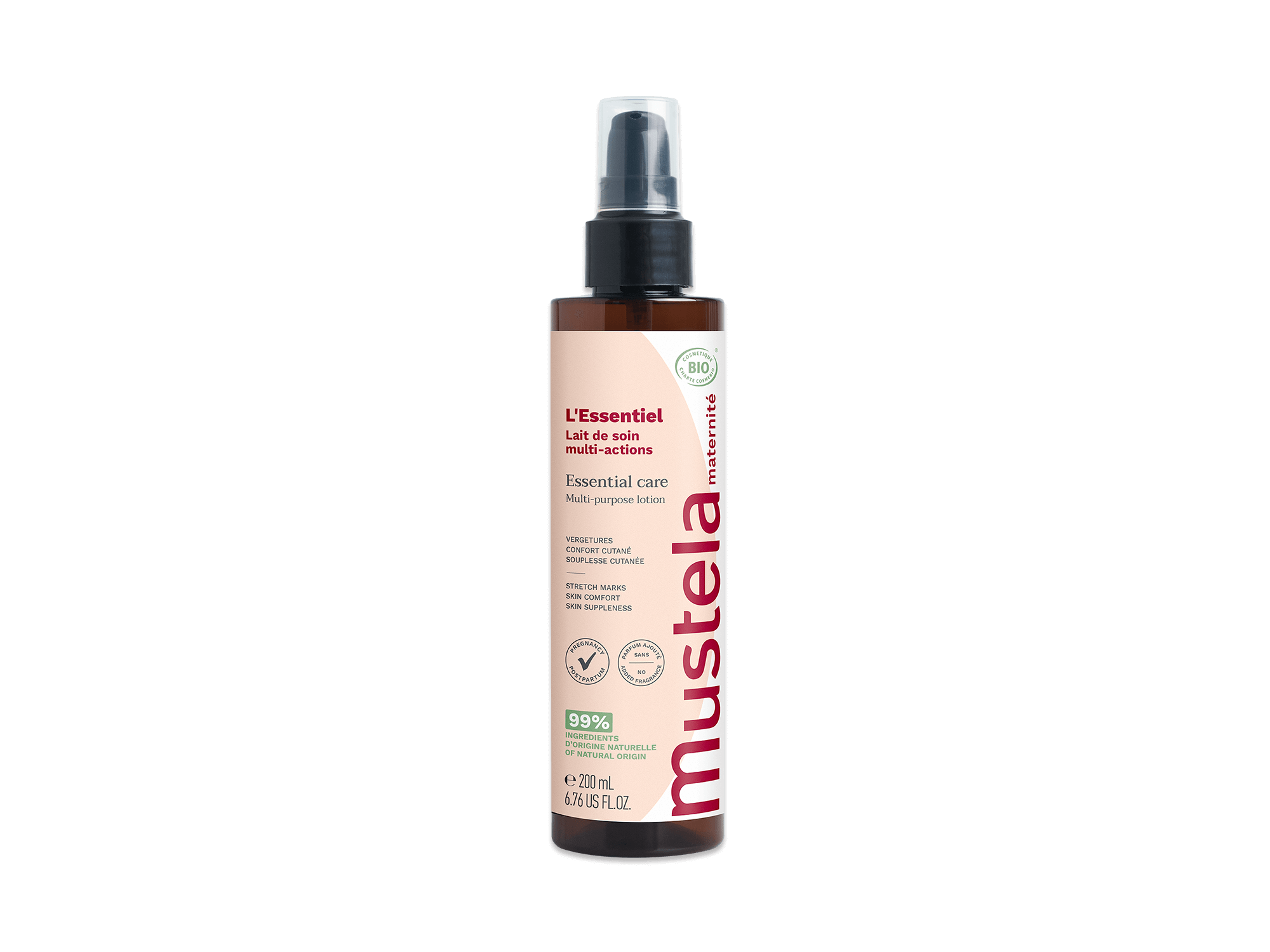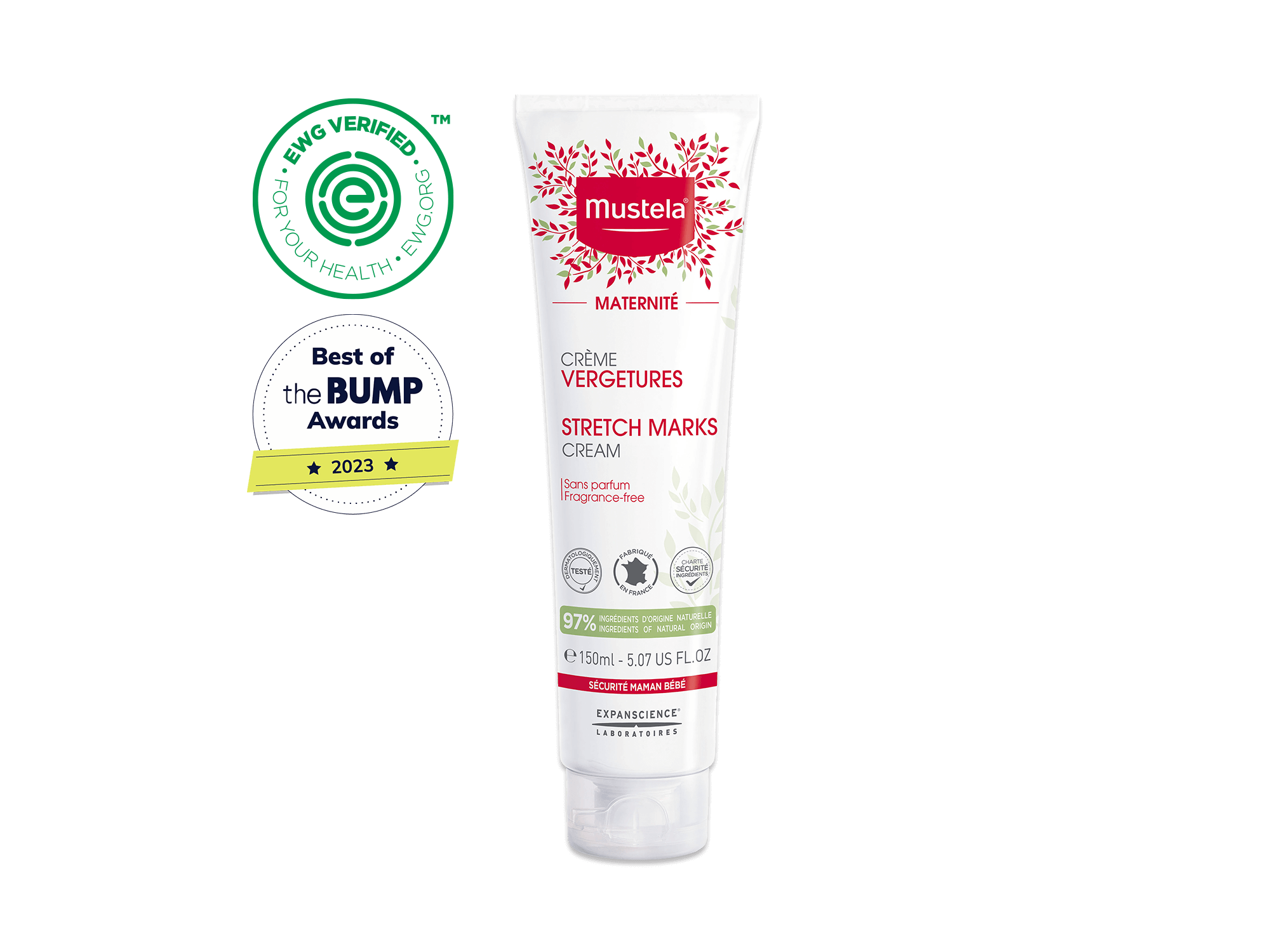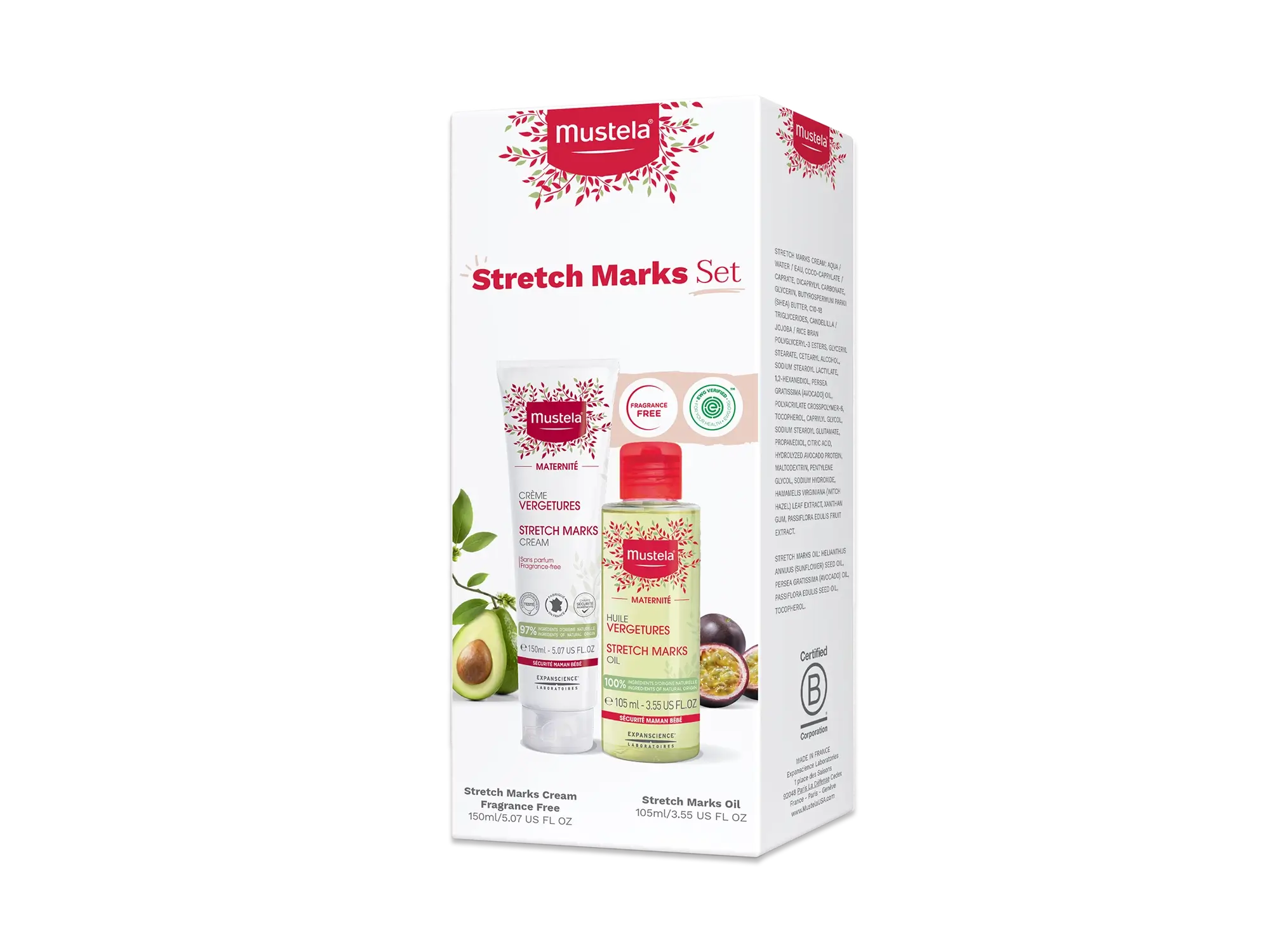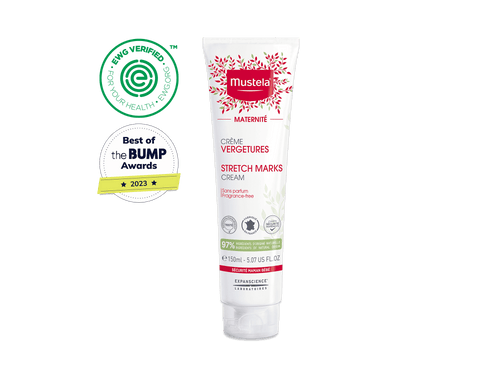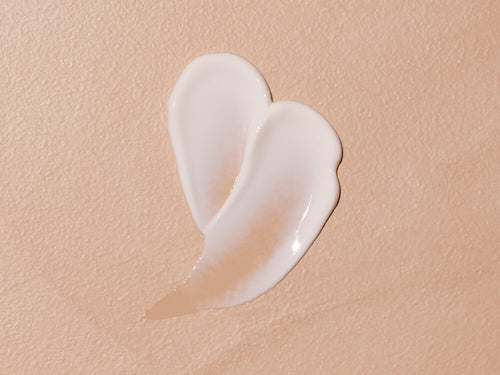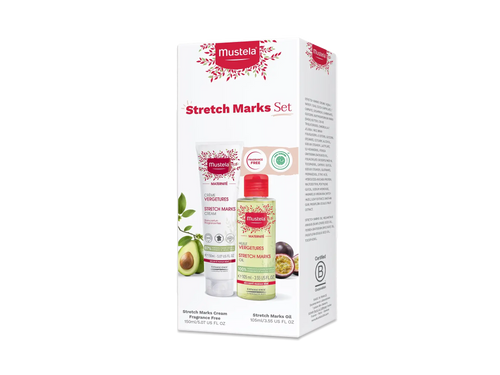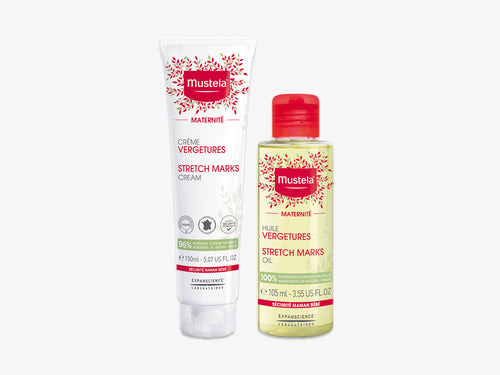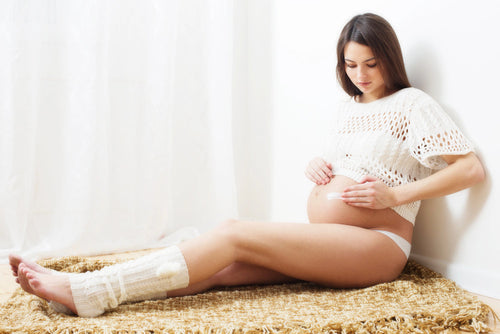Whether you’re feeding your little one in the morning or putting them to sleep at night, keeping them safe and protected is always at the top of your mind. That’s why knowing exactly when your baby can sleep with a blanket is so important.
Key Takeaways
- Your baby can sleep with a blanket once they’re older than 12 months. By 12 months old, they should be able to roll away from hazardous situations or have the strength and coordination to move a blanket away from their face.
- To keep your baby warm without a blanket, dress them in layers, adjust the temperature in their room, and swaddle them for the first few months until they show signs of rolling over. After that, switch to a sleep sack to give them more freedom of movement.
- Follow the ABCs of safe sleep. A is for alone, which means nothing goes in the crib with your baby. B is for back, which means you should always put your baby down to sleep on their back. C is for crib, which means your baby should sleep in their own space, such as a crib, bassinet, or play yard.
When Can Your Baby Sleep With A Blanket?
You want to make sure your baby is comfortable and cozy, especially when you’re not with them. But the contents of your little one’s crib might be more hazardous than you think.
According to the American Academy of Pediatrics (AAP), letting a baby under 12 months old sleep with a blanket is strongly advised against. In fact, any loose bedding material or soft objects should stay out of the crib until this time.
In this article, we’ll talk about how to keep your little one warm without a blanket, the risks of letting them sleep with one too early, and some tips on finding the perfect blanket for comfort and safety.
Why The First Year Is The Riskiest Time For Blankets
It’s hard to believe that something as soft and comforting as a loose blanket could be dangerous to your baby, but the American Academy of Pediatrics (AAP) and other health groups agree that the first year is a very risky time for sleep safety.
Here’s why the risks are so high and why you should keep your baby’s crib empty until they’re at least one year old.
They’re Still Developing
During the first 12 months, your baby’s body is changing a lot. They’ll eventually learn how to hold their head up, roll over, sit up, and maybe even crawl or stand.
However, for the majority of the first year, they don’t have the strength or coordination to do any of this well or consistently.
If a blanket or other soft object accidentally ends up covering their face, they don’t have the strength or the coordination to push it away. This can block their nose and mouth, making it hard to breathe and raising the risk of suffocation.
They Sleep Very Deeply
Newborns and young infants spend a lot of time sleeping, and what they “do” while they sleep is much different from what older babies, children, and adults do.
Newborns often sleep very deeply, especially during the non-REM (rapid eye movement) phases. When they’re in these deep sleep phases, they’re less likely to wake up or stir if something gets in their way or blocks their airway.
This deep sleep, combined with a lack of strength and coordination to move objects away from their face, makes loose bedding a hazard.
They Don’t Regulate Temperature Well
Another reason why you shouldn’t let your baby sleep with a blanket until they’re at least 12 months old is that they don’t regulate their body temperature well.
Newborns can overheat very easily, and if you put a blanket on them, they might not be able to kick it off if they get too warm.
Using layers (such as a onesie and/or long pajamas) to control the warmth is a much safer option for a good night’s sleep.
Keeping Your Baby Warm Without A Blanket

If your little one falls below the 12-month mark or your pediatrician still recommends they sleep without a blanket, then you might be wondering about other ways to keep them warm throughout the night.
Here are just a few tips on how to keep your little one cozy all night long without blankets and loose bedding in the crib.
Dress Your Baby In Layers
Giving your baby additional layers instead of a blanket is a great way to make sure they’re warm and safe while dreaming. But keep in mind that you should never put more layers on your little one than an adult would wear in the same environment.
Overheating, which we will discuss more in-depth later, is a primary safety concern for young babies, and you should always consider both their body temperature and the temperature around them.
Swaddle Your Baby

Swaddling is a technique that involves wrapping your baby in a special swaddle blanket. This is helpful to soothe your little one, keep them warm, and keep them snoozing through the night.
Before swaddling your baby for the first time, be sure to understand how to properly do so. For example, when swaddled, your baby’s arms should not be outside of the wrap or over their chest. Instead, they should be straight down at their sides.
To reduce the risk of Sudden Infant Death Syndrome (SIDS), always place your baby on their back to sleep and do not wrap them too tightly. If two or three of your fingers can fit between the swaddle and your little one’s chest, then you’ve done it right.
Watch For Signs Your Baby Can Roll Over
Swaddling is a great way to keep your newborn warm and safe. But, as they grow, there comes a time when swaddling is no longer safe. This usually happens when your baby starts to show signs that they’re able to roll over.
Most babies begin to roll from their tummy to their back between two and four months old, and from their back to their tummy between four and six months old.
Once your baby can roll either way, even if it’s just one time, you must stop swaddling them at night.
Here’s why: If a swaddled baby rolls onto their stomach, the swaddle prevents them from using their arms to push up or change position. This can increase the risk of suffocation and SIDS.
When your little one shows signs of rolling, it’s time to say goodbye to the swaddle and hello to a safer sleep option like a sleep sack.
Try A Sleep Sack
When it’s time to stop swaddling, try a sleep sack to keep your little one warm at night.
A sleep sack is a piece of clothing designed to be worn over your baby’s diaper, onesie, or pajamas. As the name suggests, it’s basically a bag with openings for the head and arms, but not for the legs or feet.
Sleep sacks are safer than loose blankets because they pose no suffocation risk, stay in place when worn correctly, allow for natural movement, and keep cribs clear of objects that might pose a threat to your baby.
Sleep sacks come in different thicknesses, each with its own Thermal Overall Grade (TOG). The higher the TOG number, the warmer the sleep sack.
For example, a TOG of 0.5 is better for a hot summer night, while a TOG of 2.5 is better for a cold winter night.
Always check the room temperature and follow the manufacturer’s guidance to choose the right sleep sack and TOG number to prevent overheating.
Adjust The Temperature
Along with swaddling and sleep sacks, one of the quickest and easiest ways to keep your little one comfortable and safe at night is to keep the temperature in the room controlled.
The perfect temperature for your little one is going to fall somewhere between 68 and 72 degrees Fahrenheit (between 20 and 22 degrees Celsius). Whether it's a cold winter or a hot midsummer day, this should be the room's temperature throughout the year.
With these tips in mind, here are a few risk factors to know to ensure you and your baby sleep soundly.
Create A Safe Sleep Environment With The ABCs Of Sleep
Keeping your little one safe while they sleep is one of the most important jobs you have as a parent. By following a few simple rules, you can greatly reduce the risk of SIDS and other sleep-related accidents.
Health experts have made it easy to remember with the “ABCs” of safe sleep.
A Is For Alone
“A is for alone” means that when you put your baby down to sleep, they should be in their crib by themselves.
That means no blankets, no pillows, no stuffed animals, no crib bumpers, no other people, nothing. As we’ll discuss in the “C Is For Crib” section, the only things in the crib should be a mattress and a fitted mattress sheet.
It may be tempting to let your baby sleep with you in your bed, but this isn’t safe. You could accidentally roll onto them, or they could get stuck in the soft bedding or the soft mattress.
The safest place for your little one is in a separate crib or bassinet.
B Is For Back
“B is for back” means that you should always put your baby down to sleep on their back.
Why? It all comes down to breathing. When a baby sleeps on their back, it’s easier for them to keep their airway open and get enough oxygen with each inhale (not re-breathe their own exhaled air, which is full of carbon dioxide).
C Is For Crib
“C is for crib” means that your baby should sleep in their own space, such as a crib, bassinet, or play yard that meets modern safety standards. The space should have a firm mattress that fits snuggly in the frame. Cover the mattress with a tight, breathable fitted sheet.
Experts also recommend that you try “room sharing” where the crib, bassinet, or play yard is in the same room where you sleep.
Room sharing for the first six to 12 months has been shown to lower the risk of SIDS and makes it easier for you to feed, comfort, and check on your little one.
Risks Of Your Baby Sleeping With A Blanket Too Early

Overheating
As we mentioned above, temperature control is an important factor when you place your baby down to sleep. In the same way that an adult may have trouble sleeping in unusually warm conditions, babies may also struggle to snooze if they are too toasty.
Also, during the first 12 months, temperatures that are too warm for your baby can increase the chances of SIDS.
Sudden Infant Death Syndrome (SIDS)
We cannot stress the importance of lowering the risk of SIDS enough. Around 2,300 babies in the U.S. die of SIDS each year, and there is still no known cause for this syndrome. However, we do have a list of problematic practices and their connection to SIDS.
For example, keeping the temperature too warm or letting your little one sleep with a blanket before they’re a year old are two common practices associated with SIDS.
Suffocation
A more direct result that blankets can have on babies when they’re too young is covering their face and making it difficult to breathe. Since newborns and infants still have trouble lifting their heads, blankets in their crib can increase the risk of accidental suffocation.
Any soft objects that might be able to cover your little one’s mouth or nose while they sleep are considered a suffocation hazard. Keeping their crib free of blankets, bumpers, stuffed animals, and the like will ensure a hazard-free snoozing environment.
Exhaustion
As a parent, waking up in the middle of the night to care for your baby is nothing new. But if your baby isn’t sleeping enough because they are too warm under a blanket, this can lead to serious issues.
To determine if this is the cause of your little one’s sleeping trouble, you might consider implementing a strict bedtime routine.
By doing this, you can then identify whether the added blanket is the problem or if they are simply overtired, going through a developmental milestone, or are not a fan of their sleeping environment as a whole.
One great way to keep things consistent and ease them into slumber is to have bath time before bed. We recommend using our Bathtime Essentials Set for clean and healthy skin every time you place them in the tub.
At Mustela, we also recommend following bath time with a massage to relax your little one’s body. Our Baby Oil works wonders when added into their nighttime routine, and it moisturizes and nourishes your baby’s skin, leaving it soft and supple.
Whatever you decide to incorporate into their nightly routine, giving them consistency will help them associate that part of the day with bedtime and help you determine any underlying issues.
Utter exhaustion is no good for you or your little one, so taking the time to identify and isolate any issues like a blanket that is too heavy can save you both too many nights of lost sleep!
Once your baby has surpassed the 12-month mark and your pediatrician has said it’s safe for them to sleep with a blanket, here are some tips for letting your little one get snuggled up with the perfect sleep companion.
Tips For Letting Your Baby Over 12 Months Sleep With A Blanket

Once your baby is old enough for a blanket, you’ll still want to keep a few things in mind. Let’s take a look.
Avoid Choking Hazards
Choosing the right blanket for your baby can seem like a challenge of its own. Thankfully, there are a few simple guidelines for buying a safe and comfortable blanket they’ll be sure to love.
The first thing to keep in mind is that you should always avoid blankets with weaves, ties, or strings that hang around the edges since these decorative features can be a choking hazard.
Choose The Right Materials
Next, you’ll want to make sure that the material is ideal for your baby’s skin, especially if they’re eczema-prone or have very sensitive skin. Lightweight and breathable materials, like organic cotton or muslin, are typically the best options.
If your baby’s skin begins to react, then it’s best to stop using the blanket immediately. Once you’ve verified the source of the reaction, we recommend using Stelatopia Emollient Balm or Stelatopia Emollient Face Cream to keep your little one’s skin happy, healthy, and itch-free.
While textured materials can help stimulate your little one’s brain as they interact with the world around them, avoid textures like fur that can become loose and be inhaled by your baby.
Keep Size In Mind
Finding the right size for your baby’s blanket can make all the difference when it comes to both safety and comfort. Something too small can mean cold nights, while material too large can result in risks like overheating.
While size charts are available to help you find the best option, no two babies are the same. So, be sure to consider their specific needs and size when determining which blanket to buy.
An ideal blanket covers your baby but isn’t so large that it could suffocate or strangle them. It’s a good idea to check their growth every month or so to make sure you’re using an appropriate size.
The Perfect Blanket For Your Little One

Knowing when your baby can sleep with a blanket is important. And keeping the precautions we’ve outlined in mind will help you and your little one snooze better.
If your little one is over 12 months old, tucking them in with the right blanket can keep them cozy and even provide mental stimulation. Just be sure to follow our tips for finding the perfect option!
Remember that even when your little one is too young for a blanket, methods like layering and swaddling can help them maintain the right temperature while they sleep.
And if you’re looking for other ways to give your baby the best night’s rest, use our Baby Oil to massage their body, moisturize their delicate skin, and help them have a relaxing transition to bed.
No matter how old your baby is, we have everything you need, from daily skincare to certified organic products like our Water Wipes with Cotton and Aloe. With our range of products and tips, you’re sure to find what you’re looking for at Mustela.
Frequently Asked Questions
Does the type or weight of the blanket matter once my baby is over 12 months old?
Yes, even after the 12-month mark, the type and weight of the blanket can affect your child’s sleep and safety.
It’s best to start with a lightweight, breathable blanket made from natural fibers like cotton. Avoid heavy, thick blankets at first because they can still be hard to manage and can cause your little one to overheat.
It’s also important to make sure the blanket you give them is the right size. Not so large that it can easily become tangled or overwhelm them, but big enough to cover them comfortably.
Should I introduce a blanket gradually to my one-year-old?
You can absolutely introduce a blanket gradually. It’s often a good idea to do so because some babies may not immediately like it and may kick it off throughout the night.
Try introducing a small, thin blanket during nap time or while you’re still in the room so they can get used to it. Watch how they interact with it for a few weeks before using a blanket consistently overnight.
If my toddler is using a blanket, is it still safe for them to sleep in a sleep sack?
Yes, it’s still safe to use a sleep sack and a blanket at the same time. In fact, many parents use both for toddlers over 18 months, not necessarily as a way to keep them warm, but as a way to keep them comfortable.
The key is to ensure that your little one isn’t overheating and the combination isn’t too restrictive or hot for the room in which they primarily sleep.



